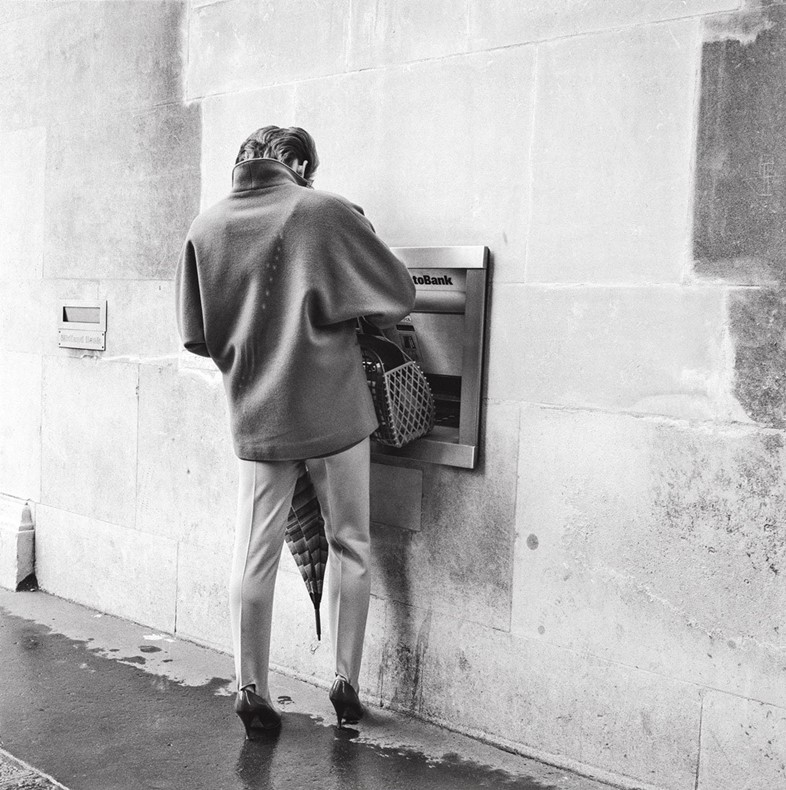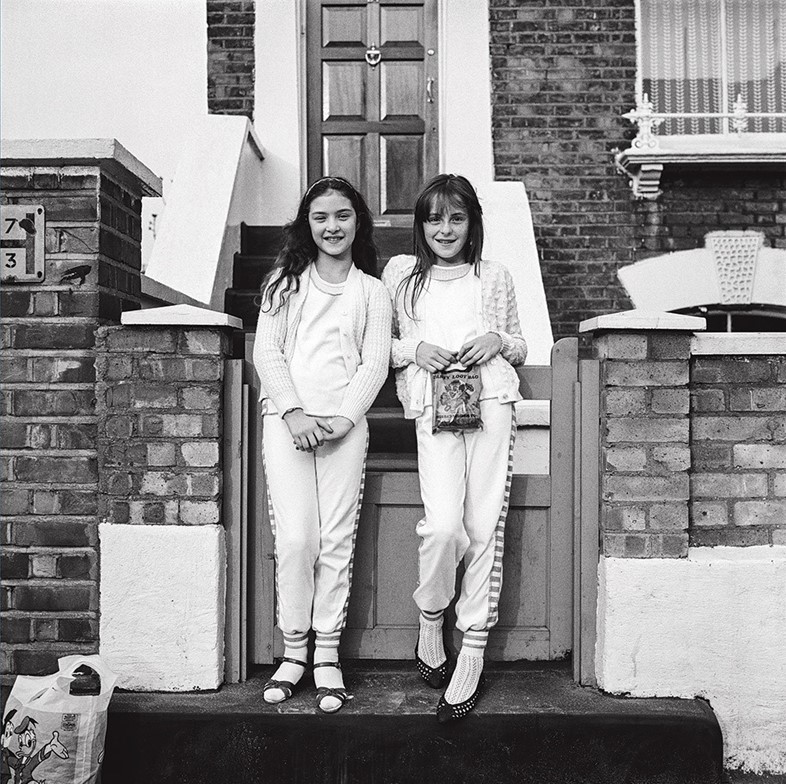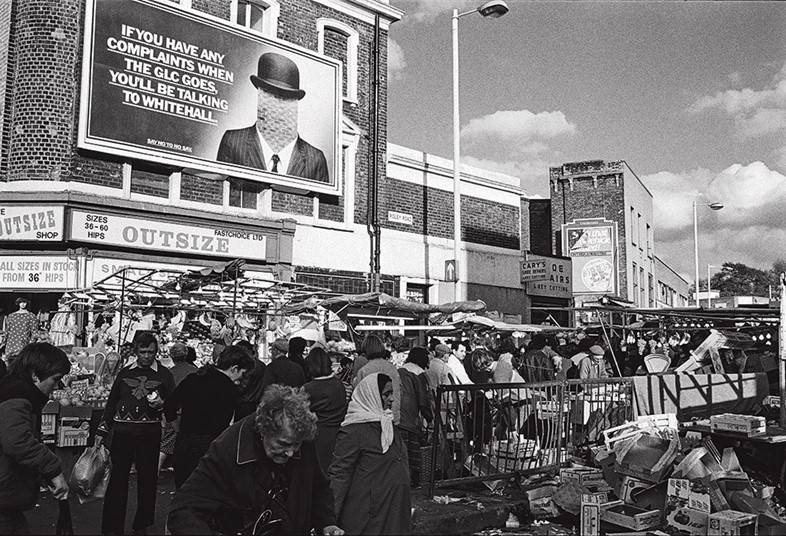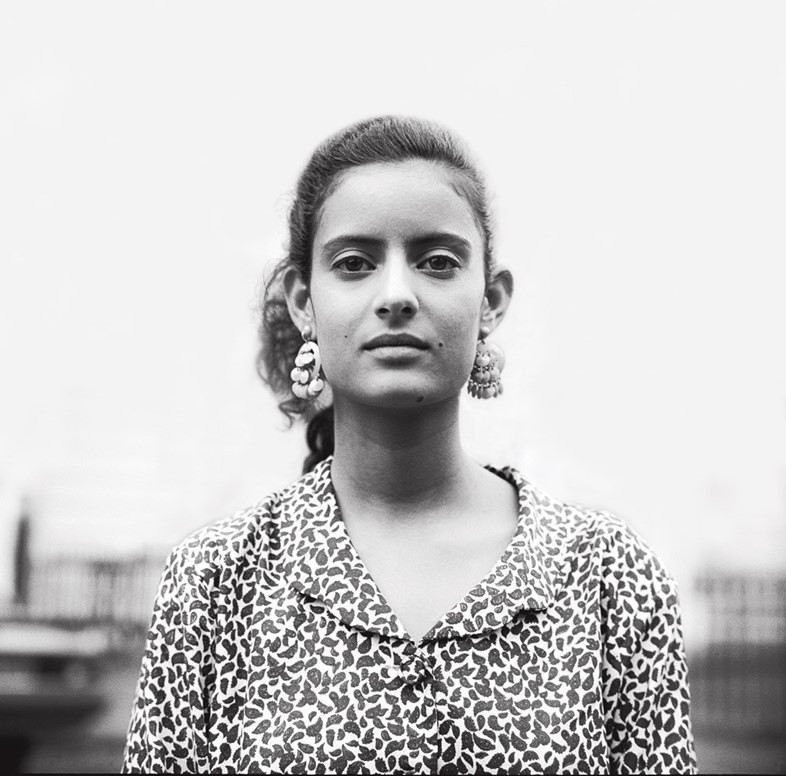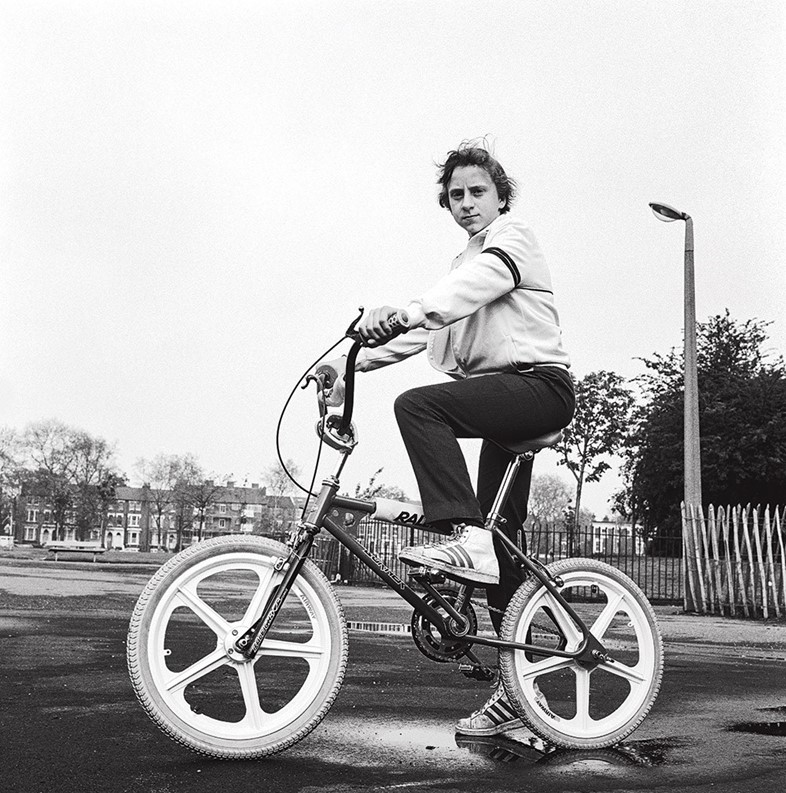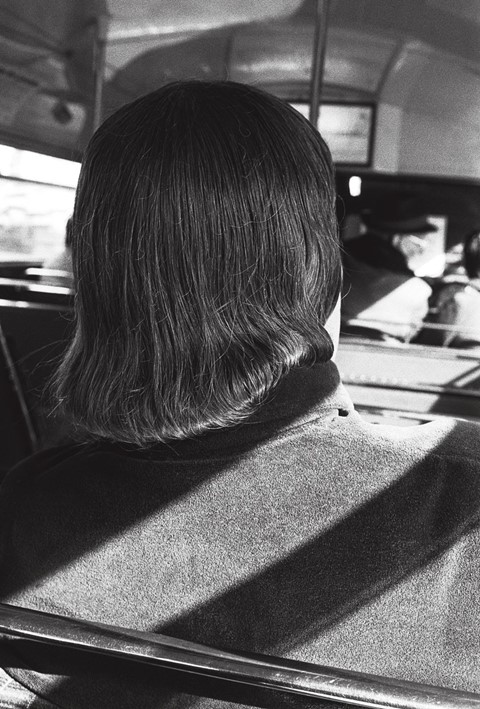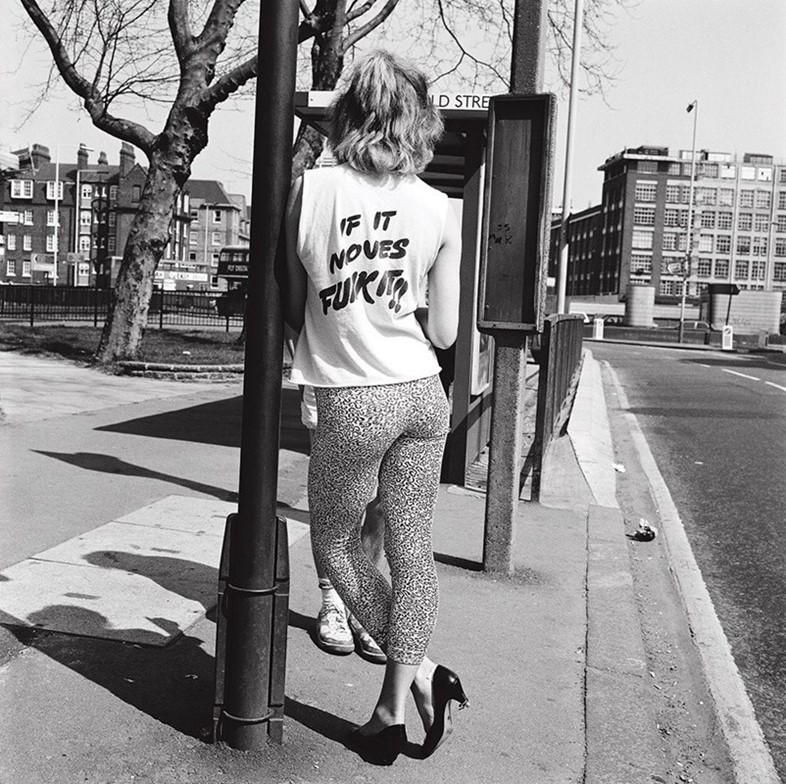London’s frenetic energy is intrinsically linked to its embrace of change and its stark refusal to stagnate; the rotation of the market stalls and pop-up bars and the ever-evolving cafes and shops have always drawn people who thrive on an electric kind of unpredictability. In recent years, investors have sought to monetise this quality, stacks of scaffolding sculpting the skyline into something less democratic, and pushing the people whose eccentricities give the city her charm to its fringes. Dalston is emblematic of this transience. As a long-standing East End institution, this pocket of Hackney has been home to Jewish, Caribbean, Turkish, Vietnamese and Polish communities, and more recently endured a moment as the epicentre of cool, until developers moved in and began to push people out.
Andrew Holligan worked as a high-end fashion photographer in New York City until 1984, when he moved to Dalston and began to apply his portraiture skills to the people he met on the streets. He shot in black and white using a 1950s Rolleiflex camera, and his images encapsulate a series of fleeting characters going about their daily lives. One of the striking features of Holligan’s work is the way he chronicles the wildly varied dresscodes of Dalston’s residents. Little girls in white petticoats share the pavements with brave-faced beauties toting leopard print and kitten heels, while anarchists and yuppies fight for space beneath the lampposts. He immortalises intimate details of strangers’ lives, such as daylight illuminating hair tucked into the collar of a coat on a city bus, or a man in a suit lost in a car bonnet. Glimpses of gaudy gold earrings and figures in structured outerwear serve as harbingers of 80s style, while artful shots of billboards and shop-fronts give us clues to the trends and political preoccupations of the time.
The subjects featured in Holligan’s new photo book are accompanied by the photographer’s handwritten notes, giving a personal insight into time in Dalston, as well as evanescent moments of the lives of the people he encountered. The photographer loves street photography for the element of unpredictability. “You wander the streets not knowing what to expect,” he says. “It comes down to the people you meet and how they react to the camera. I am usually looking for unselfconsciousness. Kids are good at this.” In today’s uneasy London of club closures and monstrous glass buildings, Hollinger’s images have a particular potency. They serve as a reminder of the characters and circumstances that came together to create our capital, and stand as a testament to the people who shaped it.
Dalston in the 80s by Andrew Holligan will be published on March 9, 2017 by Hoxton Mini Press.
